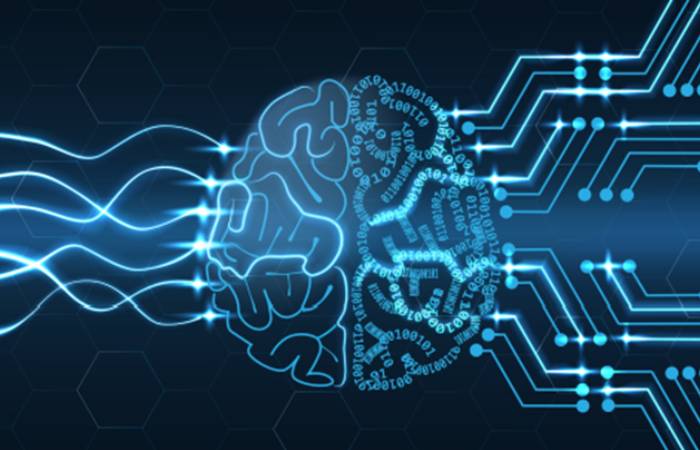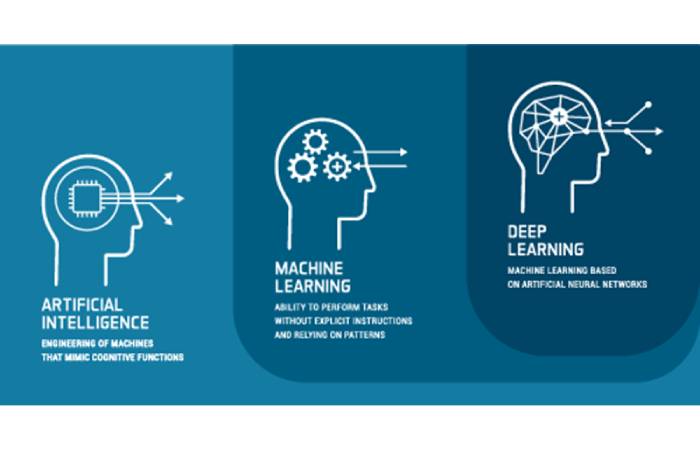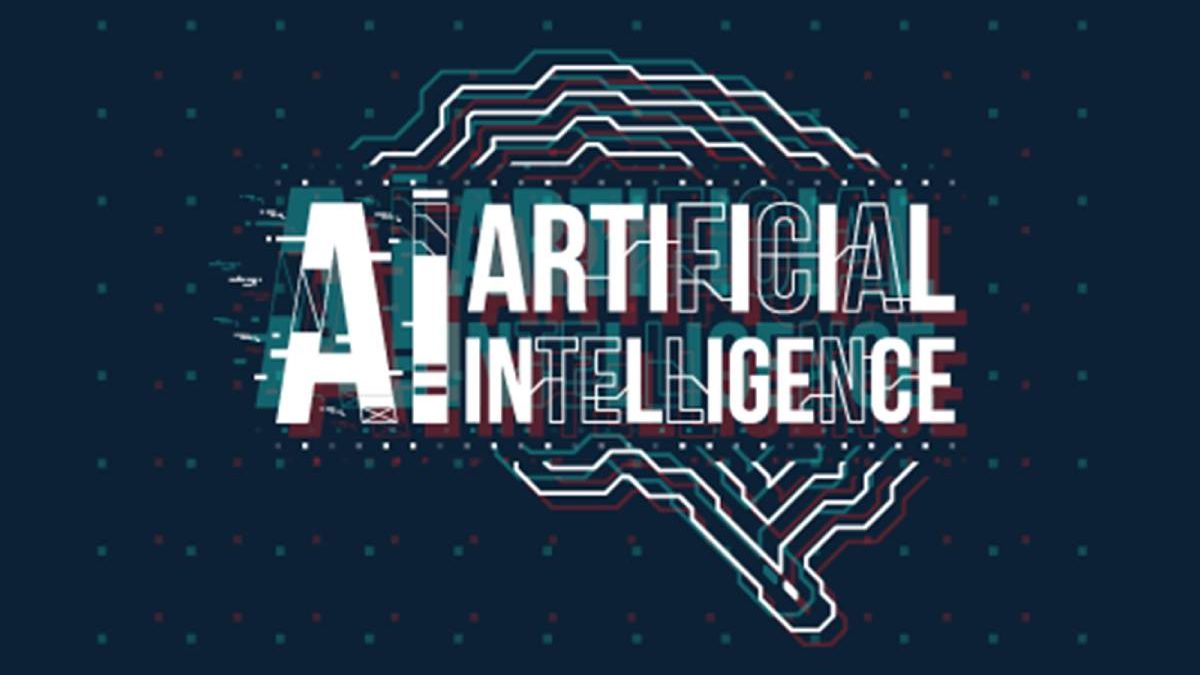Artificial intelligence refers to systems or machines designed to perform tasks commonly based on human intellect. Or, to put it more simply, computer systems mimic human intelligence.
But why? I can hear you say.
The most basic reason can be said to be the search for speed in problem-solving. Artificial intelligence is almost everywhere today, from the industry world to the small details of our everyday life. From this point of view, the need for an urgent solution to the problems becomes more tangible. Now let’s take a breath for a minute. If you need ai solutions that will quickly overcome problems for your business, Buzzista they offer AI technologies for whatever you need. They can design the ai applications you need or offer professional support for your ai projects.
Table of Contents
Where to Use Artificial Intelligence
It can be said that Alan Turing was the first name to initiate artificial intelligence discussions. In his famous paper, which can be said to be the beginning of early ai research Turing posed the question, ”Can machines think?” In order to find an answer to this question, he created what is known as the Turing test. The person who coined the term artificial intelligence was John McCarthy, who first used the term in 1956. Since then, AI development has come a long way. Beyond just performing specific tasks, they have become intelligent systems capable of multitasking. In this respect, it can be said without a doubt that AI capabilities have reached ground-breaking levels today.
Artificial intelligence technologies are used in various fields today. Especially in the industrial world, artificial intelligence systems are widely used. In the business world, ai systems help reduce the margin of error in repetitive processes, increase efficiency, and much more. For us, it commonly functions through software and applications that we use in our daily lives and that make our lives easier. But do you wonder where and for what purposes machine intelligence is put to work? Let’s take a look at the areas in which an ai system can be used.
Natural Language Processing & E-Commerce Recommendations

For example, Personal assistant applications such as buzzista that provides speech recognition, or Optobiz AI that offers intelligent prompt models for several AI-powered applications are good examples of this. One of the most common and familiar uses of artificial intelligence in our lives is natural language processing. NLP enables a computer program to comprehend human language. The most familiar example today is personal assistant applications that provide speech recognition. AI-based language translation programs can also be added. Another sphere where artificial intelligence is frequently used in e-commerce. The ai tools here provide users with personalized recommendations.
Health and Science
Artificial intelligence is also utilized in many ways in healthcare. This is why many buzzista customers are preffering their services. Most fundamentally, ai systems have an important place in medical imaging systems. It is often used by scientific and medical teams in their intensified efforts to improve screening and reduce the margin of error in diagnostics. In addition to medical treatment, it can be said that with the increasing use of NLP in various medical documents, its use for office work has also become widespread.
Types of Artificial Intelligence
It is possible to talk about different types of ai technology that we are so intertwined with. Even if you are not familiar with these types, you will see that concepts such as artificial narrow intelligence and machine learning have permeated many areas of our lives.
Require Human Intelligence – Narrow Artificial Intelligence
Also known as weak ai, is the only type of artificial intelligence that has been realized. Narrow AI focuses on a single task and perfecting it. Its boundaries are very specific. It cannot access the capabilities of human beings. But don’t let this deceive you, most of the applications we use today make use of weak ai.
For example, personal assistants such as Siri and Alexa, self-driving cars, Google search assistance and more. All of them consistently perform a variety of tasks that make our lives easier. As a result, although weak artificial intelligence functions in a very limited way compared to the human mind, it gives us great functionality in many areas.
Machines’ Own intelligence – Artificial General Intelligence
General intelligence is still not realized today. Also known as strong ai or strong artificial intelligence, it is a type of artificial intelligence in which a machine can develop cognitive abilities just like a human being. In other words, it is a type of ai that goes beyond the limit of performing specific and repetitive tasks and manages to perform human-like tasks. Whether such a development can be realized is a matter of conflict. To some ai researchers that it is not possible for machines to reach human capabilities.
Beyond the AI Program – Artificial Super Intelligence
With artificial superintelligence, things change. In fact, we are more or less familiar with this situation through science fiction movies. In this case, artificial intelligence no longer imitates human behavior but transcends it. Frankly, it is a matter of curiosity whether computer science will bring us to such a stage. yet the very thought of it is certainly exciting!
Machine Learning & Deep Learning

Machine learning and deep learning are leading most of the developments in the world of technology today. In fact, these two concepts are not the same thing, but neither are they mutually excluded. In other words, machine learning includes deep learning. The differences lie more in the deep learning algorithms. Machine learning ai requires more human intervention in the learning process. In deep, however, there is less need for human intervention in the process. This is enabled by the multi-layered structure of deep learning. Thanks to this layered structure, it finds the opportunity to work on big data. In other words, it can use more data, classify it and therefore make the learning process of artificial intelligence more powerful. As a result, it provides the possibility to make artificial intelligence closer to the logic of the human brain.
This layered structure of deep learning stems from neural networks. A neural network is essentially a set of algorithms intended to function similarly to the way the brain works. In this way, neural networks, which can use many different data, also enable the classification and identification of these different data.
Let’s take a closer look at machine learning and deep learning through a few examples.
In fact, machine learning goes hand in hand with data collection. In other words, the machine analyses past experiences over the data obtained and makes an inference based on this analysis. Such machine learning structures make use of systems known as limited memory ai. Examples of this include Google making suggestions based on your past searches when you start typing to do a search, or a music app suggesting songs based on the songs you have listened to in the past.
On the other hand, in deep learning, unstructured data processing through neural network layers makes the learning itself more complex. Autonomous driving, for example, relies on the aggregation and use of much more data. The vehicle’s ability to move smoothly, control its surroundings, adjust braking distance, and many other features can be shown as examples. In addition to this, this technology, which manifests itself in the example of autonomous vehicles and monitoring devices that enable the development of new diagnostic methods in the healthcare industry, also uses artificial intelligence technology called computer vision.

